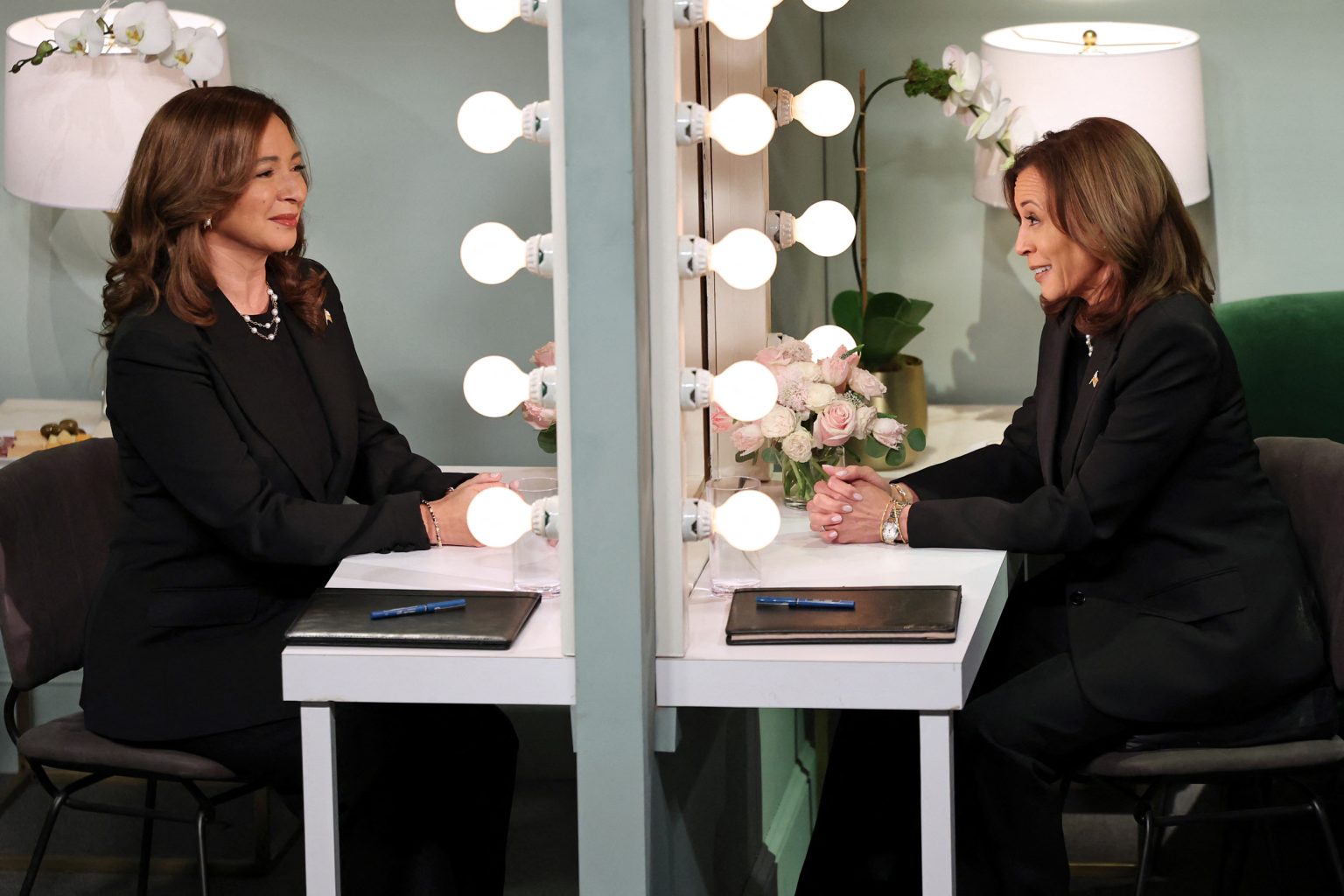Vice President Kamala Harris surprised audiences by making an unexpected stop in New York City to participate in NBC’s Saturday Night Live ahead of the presidential election. This deviation from her planned Detroit destination added an entertainment interlude to her intense campaign schedule just days before voters headed to the polls. During SNL’s cold open, Harris appeared alongside actress Maya Rudolph, who has portrayed her on the show since 2019. The scene featured a mirror sequence where Rudolph and Harris engaged in the vice president’s characteristic wordplay, incorporating variations of her name such as “Dramala” and “Palmala.” The star-studded episode, hosted by John Mulaney with musical guest Chappell Roan, also included impressions of President Joe Biden, Second Gentleman Doug Emhoff, and more.
The tradition of political figures appearing on SNL dates back to 1976 when then-President Gerald Ford became the first sitting president to participate on the show. Since then, various political figures, including Barack Obama and Hillary Clinton, have taken the opportunity to embrace satire and showcase their ability to engage in comedic sketches. SNL has served as a platform for blurring the lines between political reality and entertainment, with memorable moments such as Tina Fey’s portrayal of Sarah Palin during the 2008 election season. The relationship between politicians and their SNL counterparts often generates public interest, showcasing the program’s unique ability to satirize current events and personalities while maintaining relevance to its audience.
Maya Rudolph’s portrayal of Kamala Harris on SNL has received critical acclaim since she first assumed the role in 2019. The actress has continued to reprise her portrayal of the vice president, allowing for continuity in the character portrayal throughout significant political moments. Harris’ surprise appearance on SNL’s final episode before Election Day added an unexpected twist to the show’s content and further highlighted Rudolph’s talent in mimicking the vice president’s mannerisms and speech patterns. The episode, which aired live on NBC and will be available for streaming on Peacock, marked a return to new content for the show following a rerun on October 27.
The episode featured comedians Dana Carvey as President Joe Biden, Andy Samberg as Second Gentleman Doug Emhoff, Jim Gaffigan as Tim Walz, Bowen Yang as JD Vance, and James Austin Johnson as Donald Trump. The inclusion of political impressions in SNL sketches has been a long-standing tradition, dating back to the show’s early years. These representations often serve to satirize current events and political figures, offering audiences a comedic take on topical issues while showcasing the talents of the cast members and guest appearances. SNL’s ability to adapt to changing political landscapes and satirize key moments in history has solidified its role as a source of entertainment and cultural commentary for audiences of all backgrounds.
The relationship between politicians and the SNL cast members who portray them is often a subject of public interest. Notable appearances by political figures on the show, such as Tina Fey’s Emmy-winning portrayal of Sarah Palin, have showcased the program’s ability to engage with real-world events in a comedic and satirical manner. These moments blur the lines between political reality and entertainment, allowing viewers to see their favorite politicians in a new light. The inclusion of Kamala Harris on the show’s final episode before Election Day further emphasized SNL’s tradition of political satire and its role in shaping public perceptions of key political figures.


